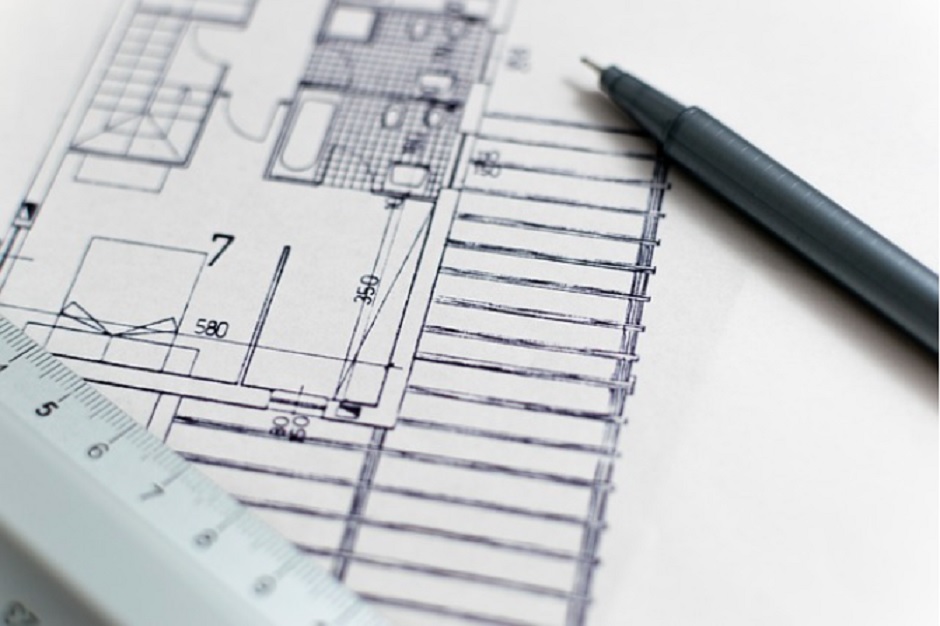The construction and real estate sectors are at a critical crossroads, with the urgent need to pivot towards more sustainable practices becoming increasingly apparent. Traditional construction methods are responsible for a significant portion of global carbon emissions, highlighting the critical necessity for green property development. This shift is not merely about reducing environmental impact; it also presents a compelling opportunity for developers and inhabitants to reap the benefits of sustainability. From lower operating costs to healthier living environments, the advantages of green development are manifold, setting the stage for a deep dive into the emerging trends that are reshaping the industry.
Table of Contents
Sustainable Building Materials Explored
The quest for sustainability in construction has led to an innovative exploration of building materials. Beyond the usual suspects like bamboo and recycled steel, the industry is witnessing the emergence of groundbreaking materials that promise not only environmental benefits but also cost-effectiveness and superior performance. Comparing these to traditional materials reveals a stark contrast in their sustainability profiles, with green materials offering a compelling alternative that doesn’t compromise on quality or durability. The innovation pipeline is bustling, with researchers and developers working hand in hand to bring new sustainable materials to the market, promising a greener future for the construction industry.
Energy Efficiency: A Dual Approach
In the realm of green development, energy efficiency stands as a cornerstone, applicable to both the skeletons of new buildings and the bones of the old. Cutting-edge technologies are being seamlessly integrated into new constructions, setting new standards for energy use. However, the challenge of retrofitting existing buildings with these technologies is significant, yet not insurmountable. Through a combination of innovative solutions and case studies of successful implementations, it’s clear that energy efficiency can be achieved across the board, breathing new life into old structures and ensuring new constructions are built to last.

Sustainable Urban Planning For Developers
For developers, the integration of sustainable urban planning principles into property development is no longer optional; it’s imperative. This involves navigating the complexities of zoning laws and leveraging incentives designed to encourage green development. Cities around the globe are leading by example, showcasing how sustainable planning can result in communities that are not only environmentally friendly but also vibrant and desirable places to live. For developers, this means a shift in mindset and approach, but one that is increasingly supported by both policy and public sentiment.
Economic Incentives & Regulatory Changes
The economic landscape of green development is being reshaped by a combination of incentives and regulatory changes. Governments worldwide are recognising the importance of sustainability in construction, offering tax breaks and other financial incentives to encourage green practices. This, coupled with the potential for regulatory changes, makes a compelling business case for sustainability. As Eri Mitsostergiou aptly notes, “The decarbonisation of the industry will also be led by new regulations in some jurisdictions. This is going to lead to more green certifications such as LEED and BREEAM.” This evolving economic and regulatory environment is creating fertile ground for green development to flourish.
Overcoming Barriers With Real-World Solutions
Despite the clear benefits, the path to green development is fraught with challenges, from upfront costs to regulatory hurdles. However, the industry is ripe with examples of developers who have successfully navigated these barriers, employing strategies and innovations that pave the way for others. These success stories serve as a beacon, demonstrating that while the challenges are real, they are not insurmountable. Through perseverance and innovation, green development is not only possible but also profitable and sustainable in the long run.
Leadership In Green Development
In the landscape of green development, individuals like Sandrina Postorino are making significant strides. As the Managing Director of Trinity Ventures, Postorino has directed the investment portfolio towards companies that contribute positively to society and the environment. Her leadership and commitment to sustainability exemplify how individual actions can influence broader industry trends. Through her work, Postorino demonstrates that with the right approach and dedication, it is possible to drive change and make a tangible impact on the industry, setting a precedent for others to follow.
Jonathan F.P. Rose and Mai-Lan Tomsen Bukovec are also pivotal figures in this arena. Rose, through his green real estate policy, planning, development, and investment firm, has been instrumental in integrating sustainability into real estate development. Similarly, Bukovec’s work in building sustainable data centres at Amazon Web Services showcases the importance of leadership in driving sustainable practices in the tech industry. Their contributions highlight the diverse ways in which leadership can influence green development across different sectors.
What’s Next For Green Property Development?
As we look to the future, the horizon is bright with emerging trends and technologies that promise to further revolutionise green property development. Grounded in current research and expert opinions, it’s clear that the industry is on the cusp of significant advancements. From smart buildings that optimise energy use in real-time to materials that capture carbon, the possibilities are endless. This forward-looking perspective offers a glimpse into a future where green development is not just a trend but the standard, shaping the way we build and live for generations to come.
Empowering Action For A Sustainable Future
Reflecting on the journey through the emerging trends in green property development, it’s evident that the industry is at a turning point. The benefits of sustainable practices are undeniable, offering a path forward that is both environmentally responsible and economically viable. As we stand at this crossroads, the question remains: what role will you play in supporting green development? The future of the industry hinges on collective action and commitment to sustainability. By embracing these trends and pushing for further innovation, we can ensure a greener, more sustainable future for all.



